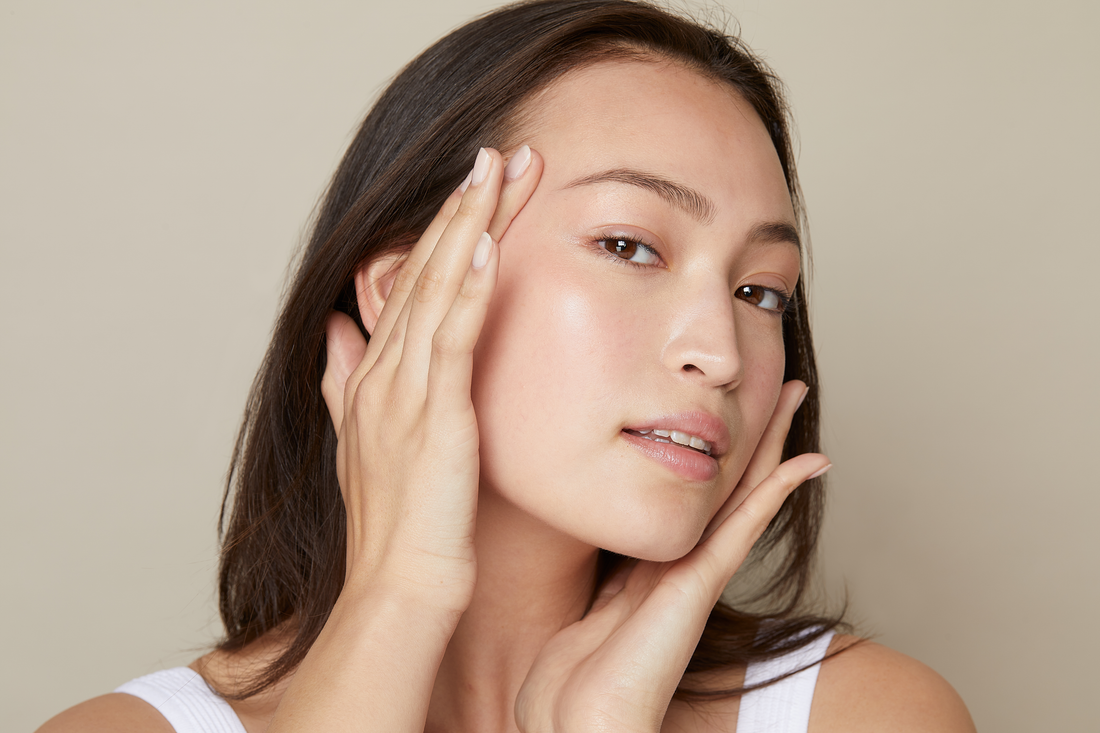
Ask a Dermatologist and a Chemist: What are the Best Ingredients to Look for in a Gentle Cleanser?
Our Chief Medical Officer, Dr. Courtney Rubin, and our Head of Chemistry, Lizzy Trelstad, weigh in on your most pressing skincare questions.
Dr. Courtney Rubin’s take:
I define a gentle cleanser as one that doesn't strip the skin’s surface of the essential elements that you need to maintain a healthy skin barrier. When looking for a gentle cleanser, opt for cleansers that contain mild surfactants (cleansing agents), such as sodium laureth sulfate, sodium cocoyl isethionate, alkyl sulfosuccinates or alkyl sarcosinates. You can find these on an INCI product label, which lists all ingredients from the highest concentration to the lowest concentration. Avoid cleansers that feature sodium lauryl sulfate or sodium laurate, sodium cocoate, sodium tallowate (hint: anything sodium -ate), as these ingredients are harsher on skin. Cleansers with a low pH (less than 6) are also gentler on skin. It’s hard to know the pH of a product when you’re shopping in a store, but some skincare companies have started to list the product pH on their website.
Lizzy’s take:
Gentle cleansers usually contain 3 surfactants: one primary surfactant, expected to do the heavy lifting (like sodium lauryl sulfate), one secondary surfactant/co-surfactant, expected to make sure the lifting isn't too heavy, while also removing grime (like sodium laureth sulfate), and one co-surfactant/foaming agent, expected to help the other surfactant perform and add the foaming action consumers associate with a feeling of clean. When identifying whether or not a cleanser is “gentle,”, we disregard the first surfactant, and instead skim the ingredient list for the next surfactant or two (look for all the ones Dr. Rubin listed) ). The combination of these surfactants with the primary surfactant is what distinguishes a gentle cleanser from an over-stripping cleanser. Other tips:
- Look for the inclusion of hydrators that don't need to be on the skin long to help boost moisture, notably glycerin and butylene glycerin
- Look out for cleansers with texture additives, which are meant to add to the experience of cleansing but that may irritate your skin or hinder the surfactants from doing their (gentle) job. Ingredients to avoid include: denat. alcohol* and cyclopentasiloxane.
- *Don't confuse liquid denat. alcohol with oily waxes like cetyl alcohol or stearyl alcohol. These ingredients are common in gentle cleansers, playing the dual role of co-surfactant and stabilizer. They do a thorough job while interfering very little with your skin. Think of these guys as the pit crew in a Nascar race as a car races around with water to remove dirt from skin.
- Generally avoid fragrances and essences. They're typically fine when rinsed off but will interfere with the cleanser performing its best. For acne specifically, look for BHAs like salicylic acid! You’ll want the full 2%, with the accompanying drug label.
- Look for squalane in gentle oil cleansers.